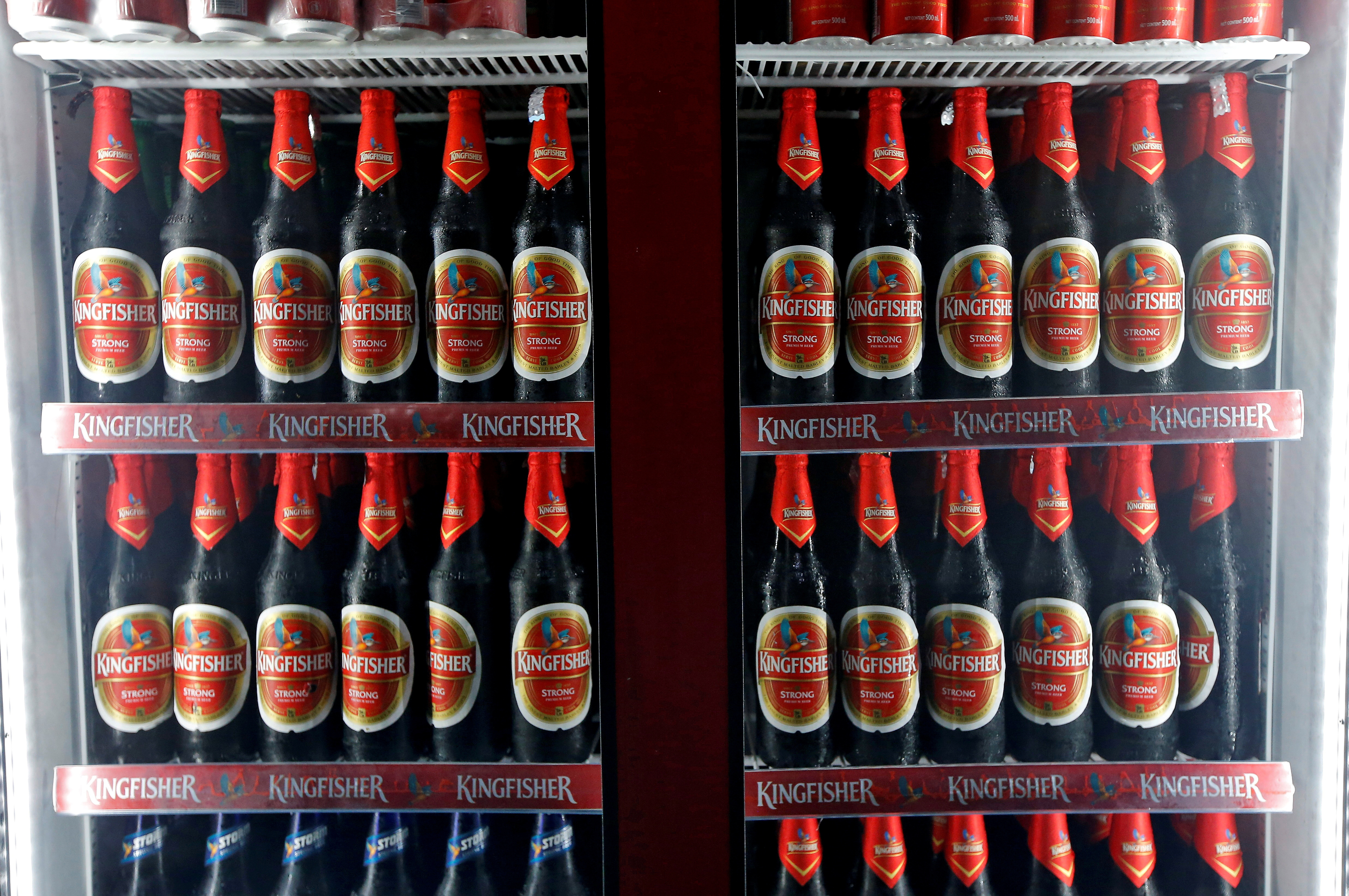Galveston Liquor: The Ultimate Location for Moods and White wines
Galveston Liquor: The Ultimate Location for Moods and White wines
Blog Article
Distilleries Demystified: A Full Malfunction of the Manufacturing Process
In the realm of spirits production, distilleries serve as the enigmatic centers where raw active ingredients are changed into nuanced and elaborate elixirs. The process of distillation is a precise craft that intertwines science, creativity, and custom to yield the spirits we have actually come to value.
Background of Distilling
Just how did the old art of distilling evolve into the modern industry we understand today? The history of distilling go back hundreds of years, with its beginnings mapped to people such as the Mesopotamians, Egyptians, and Greeks. These ancient societies made use of unrefined types of distillation to produce fragrances, medicines, and even alcohols. With time, this primitive technique progressed, with substantial innovations made by very early Arab alchemists throughout the Center Ages. They originated the use of purification for the production of spirits like brandy and scotch, preparing for the distilling practices we see today.
The distilling procedure continued to proceed via the centuries, with the refinement of strategies and the intro of new technologies. This age saw the increase of iconic spirits brands that have ended up being house names worldwide.
Resources Choice

When picking resources, distillers must think about the sugar content, starch conversion capacity, and any type of pollutants existing, as these elements straight influence the fermentation and distillation procedures. As an example, in whiskey production, the selection between various kinds of grains like corn, barley, wheat, or rye will certainly cause unique taste accounts. In addition, the high quality and freshness of the raw materials can affect the efficiency of fermentation and eventually influence the purity and complexity of the final spirit.
Fermentation Process
During the fermentation procedure in distilleries, sugars from the raw products are converted into alcohol by yeast via an all-natural chemical reaction. The fermentation procedure is thoroughly kept an eye on to guarantee optimal problems for yeast activity, such as preserving the right temperature level and pH levels.
Fermentation times can differ depending on the particular distillery and the kind of alcohol being created. As soon as fermentation is total, the resulting fluid, known as the "clean" or "beer," is then all set to proceed to the distillation phase, where alcohol concentration is even more boosted with the separation of elements based on their boiling factors.
Distillation Methods
Adhering to the completion of the fermentation process, distilleries employ a range of distillation strategies to further concentrate alcohol material and fine-tune the flavor account of the fluid. This approach is recognized for producing rich and full-bodied spirits (Distillery in Galveston).
In addition, fractional purification is a much more polished type of column distillation that enables for accurate splitting up of various components based on their boiling factors, resulting in incredibly pure spirits. Inevitably, the choice of purification technique significantly influences the features and high quality of the last spirit created.
Growth and Bottling
Upon getting to the wanted degree of flavor growth and intricacy, distilled spirits go through growth before being bottled for intake. Galveston Whiskey. Growth is a critical stage where the spirits are matured in barrels or casks made from various products like my response oak, which conveys distinctive flavors and attributes to the fluid. During this period, the spirits connect with the timber, enabling them to mellow, develop new tastes, and improve their total complexity
:max_bytes(150000):strip_icc()/LQR_Edit-JapaneseBeers_Facebook-1200x628-2e333b912b254fe1bb2fe9c5987dc1cd.jpg)
The period of maturation differs relying on the sort of spirit being generated and the preferred final product. Spirits such as rum, bourbon, and brandy commonly call for years of growth to reach their optimal taste account. Throughout see this here this process, ecological elements like temperature level changes can also affect the growth procedure, influencing the final taste of the spirit.
Once the spirits have grown to perfection, they prepare to be bottled. Bottling includes filtering system the spirits to get rid of any type of remaining pollutants, readjusting the alcohol content if essential, and lastly, product packaging the liquid in containers or containers ideal for circulation and intake. The bottling phase represents the end result of the purification process, where the diligently crafted spirits are presented to customers for their satisfaction.
Final Thought
Maturation and bottling are key steps in producing high-grade spirits. By following these steps, distilleries can produce a broad variety of spirits with special tastes and attributes.
The procedure of purification is a precise craft that intertwines artistry, science, and tradition to produce the spirits we have come to value.The option of raw products is a crucial aspect of the distilling procedure, affecting the top quality and taste profile of the final spirits created. In addition, fractional purification is a much more refined kind of column purification that allows for accurate separation of this page various elements based on their boiling points, resulting in exceptionally pure spirits. Throughout this procedure, ecological elements like temperature variations can likewise influence the growth process, impacting the last flavor of the spirit.
The bottling phase stands for the conclusion of the purification procedure, where the thoroughly crafted spirits are provided to consumers for their enjoyment.
Report this page